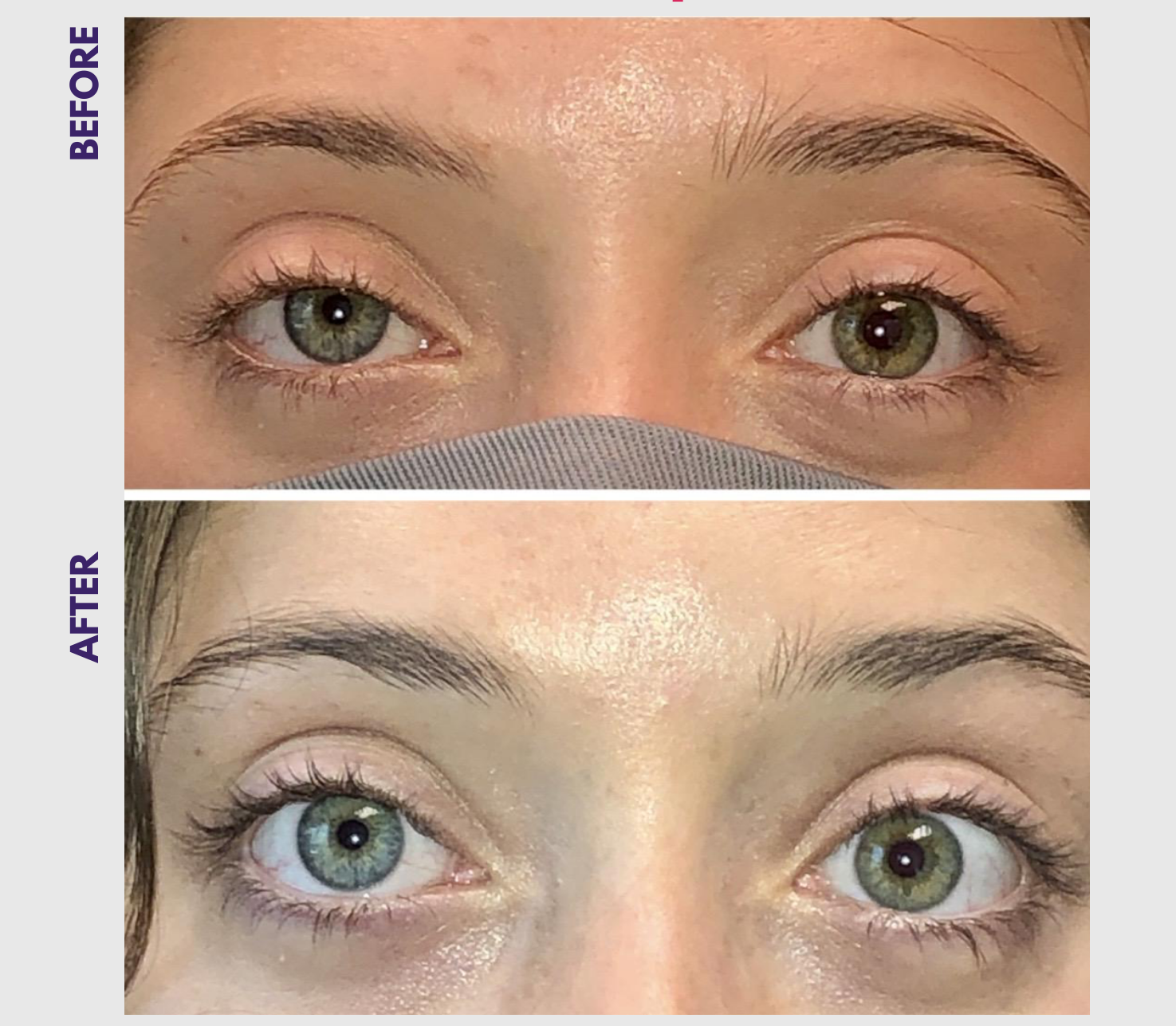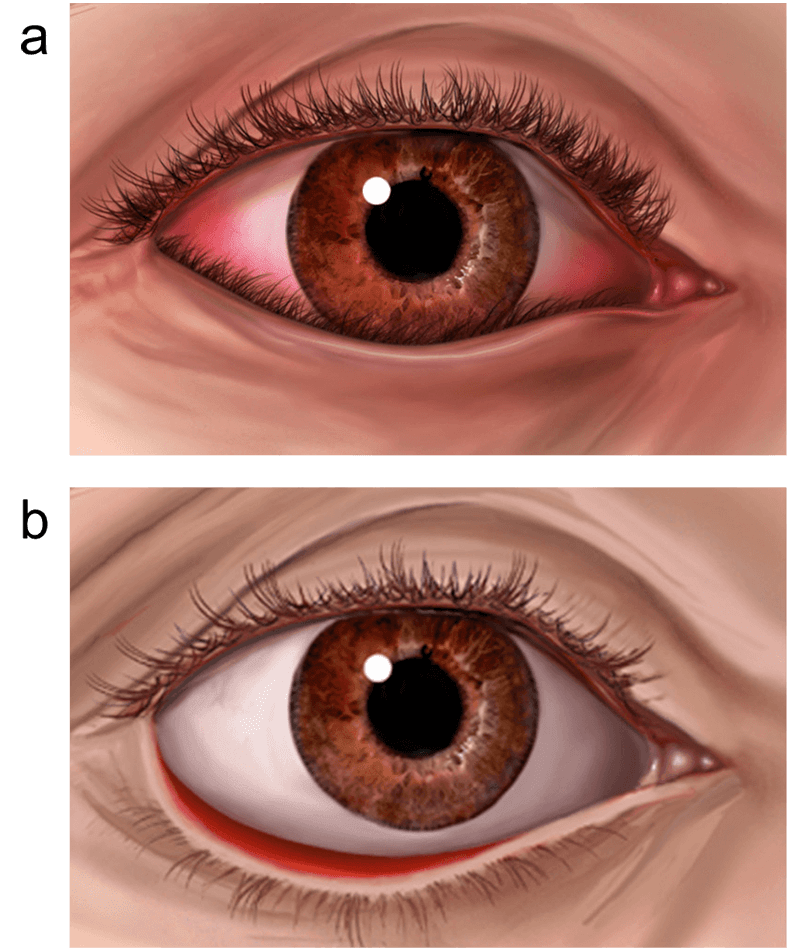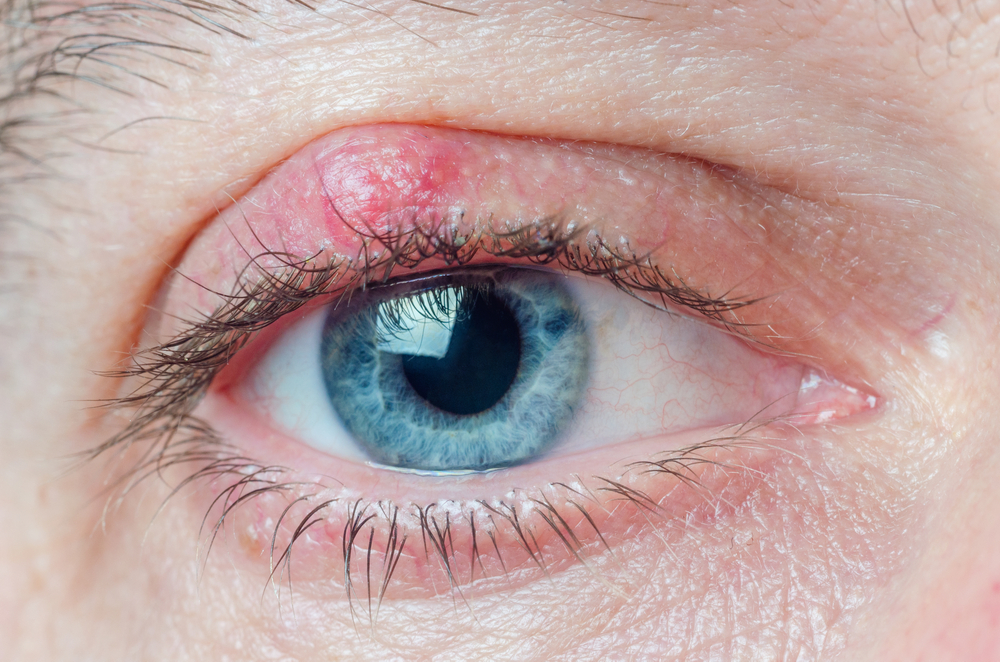There are several types of lid surgeries, each with its own purpose and technique. Here are the most common ones:
- Blepharoplasty: This is the most common type of eyelid surgery. It is used to remove excess skin, muscle, and fat from the upper and/or lower eyelids. Blepharoplasty can improve the appearance of the eyes by making them look younger and more alert. It can also improve vision if the excess skin is blocking the upper field of vision.

- Ptosis repair: This surgery is used to correct drooping eyelids (ptosis). Ptosis can be caused by aging, muscle weakness, or trauma. It can also be congenital (present from birth). Ptosis repair usually involves tightening the muscles that lift the eyelid.

- Entropion and ectropion repair: These surgeries are used to correct inward or outward turning of the eyelids, respectively. Entropion and ectropion can cause irritation and discomfort, and they can also damage the cornea. Repair of these conditions usually involves removing a small amount of skin or tissue from the eyelid.

b Ectropion – eyelid turned out
- A chalazion, also called a meibomian cyst, is a small, painless lump that forms on the eyelid due to a blocked oil gland. It’s a common eye condition and usually not serious, but it can be uncomfortable and affect your vision if it grows large. Most chalazia will go away on their own within a few weeks to months with home care: Warm compresses: Apply a warm compress to the affected eyelid for 10-15 minutes, 3-4 times a day. This helps soften the oil and encourage drainage. Antibiotic eye drops and ointments are also applied. If the chalazion doesn’t improve, or if it’s large and causing vision problems, Dr. Hossam may recommend its surgical removal. Steroid injection is also can be used in some cases

